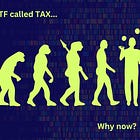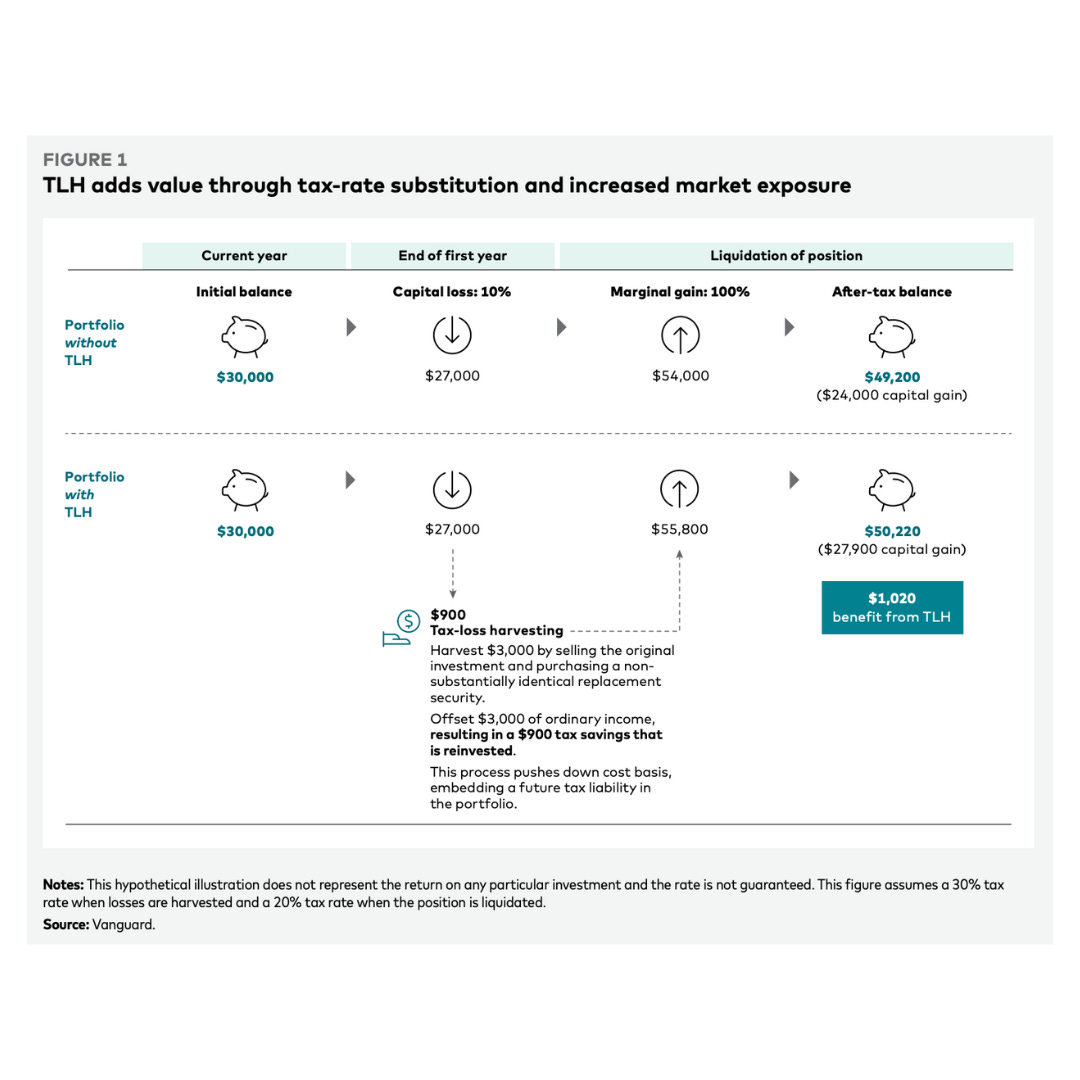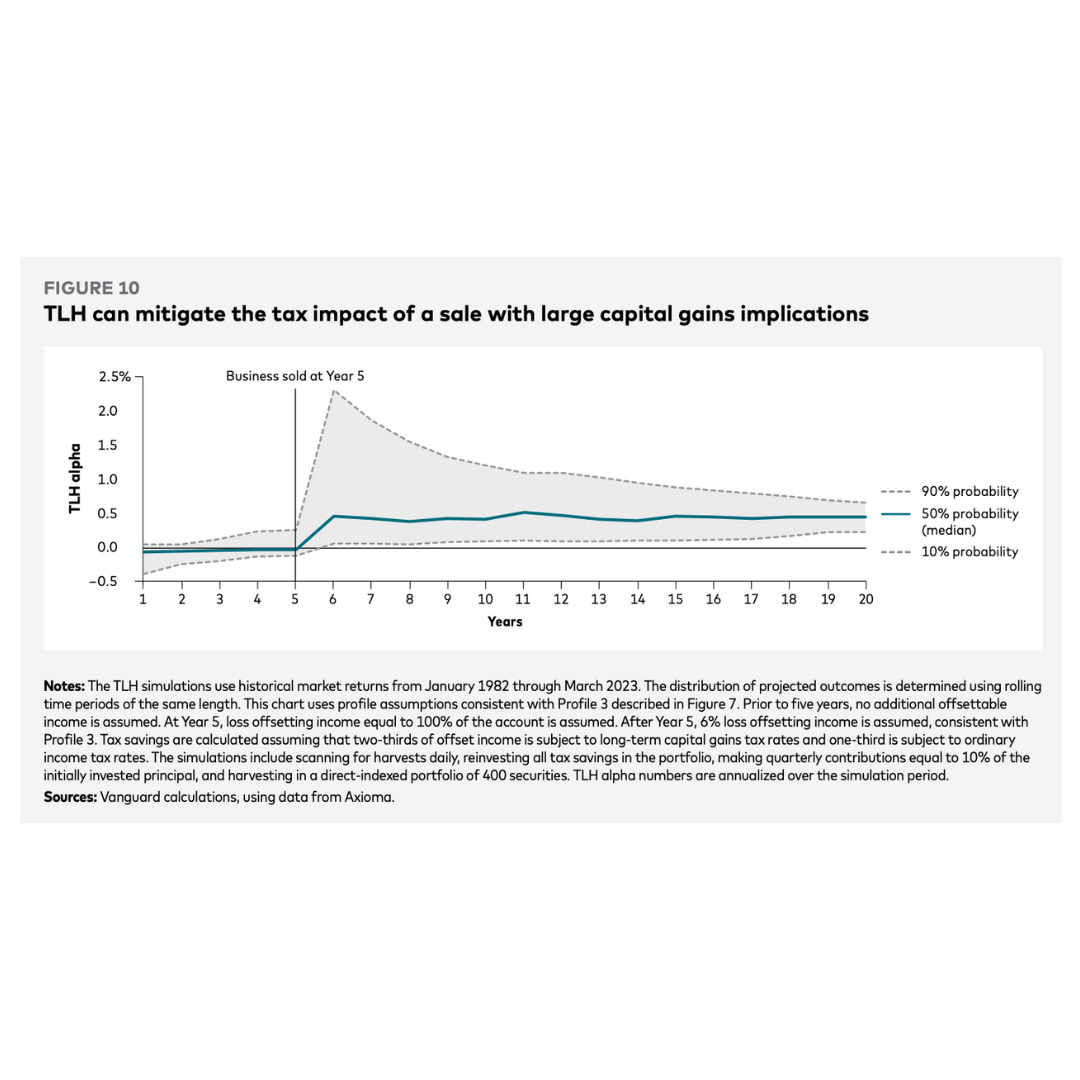Background reading
TAX ETF Press release
Meb’s paper: Do You Pay Taxes? Then Avoid Dividends and Do this Instead
351 conversions from ETF Architect
FAQ from ask-me-anything
1. What is the focus of the Cambria Tax Aware ETF?
Purpose: The Cambria Tax Aware ETF (Ticker: TAX) aims to minimize tax impact by avoiding high-dividend stocks, focusing on capital appreciation rather than income.
Strategy: By replicating high-yield strategies without direct dividend income, the ETF aims to provide returns while reducing taxable events for investors in high tax brackets.
2. Why is the ETF using a Section 351 Conversion for Seeding?
Purpose of Section 351: Section 351 of the IRC allows investors to contribute appreciated assets to a corporation (here, an ETF) without triggering a taxable event, which can benefit those holding assets with substantial gains.
Seeding Benefits: This conversion enables the ETF to start with a sizable asset base, helping achieve operational scale and investor confidence more quickly than traditional seeding methods.
Tax Efficiency: Investors avoid initial capital gains taxes on contributions, enabling a smoother entry into the ETF.
3. How is this approach different from other ETF seeding methods?
Standard Process: Traditional ETFs are often seeded by authorized participants (e.g., Goldman Sachs, Merrill Lynch) after launch through a “loan” of assets to prime the fund’s shares.
Section 351 Process: This approach allows for a group of investors (the “transferors”) to seed the ETF with diversified portfolios, bypassing immediate tax consequences and potentially attracting larger seed amounts up front.
Control and Scale: The transferors collectively control at least 80% of the ETF’s initial assets, ensuring they benefit from the ETF’s initial scale and potential operational cost efficiencies.
4. What are the main advantages of using Section 351?
Tax Deferral: Section 351 defers capital gains taxes on appreciated assets contributed, unlike standard seeding, which can trigger taxes.
Operational Scale: Larger initial contributions can help the ETF achieve an efficient cost structure faster, which can be advantageous for future growth and fee reductions.
Simplified Transition for Investors: Investors with concentrated or appreciated positions can diversify their holdings without incurring an immediate tax event.
5. What types of assets can be contributed to the ETF?
Eligible Assets: Primarily U.S. stocks, large-cap equities, exchange-traded funds (ETFs), and American Depository Receipts (ADRs) are accepted.
Ineligible Assets: Foreign stocks, mutual funds, bonds, cryptocurrencies, illiquid private stocks, and most derivatives are generally not eligible due to regulatory and diversification constraints.
Diversification Requirements: Contributions must meet diversification standards, meaning no single position can exceed 25% of the portfolio, and the top five holdings collectively cannot exceed 50%.
6. Can investors contribute mutual funds to the ETF?
General Policy: Although technically possible, mutual funds add complexity due to tracking tax lots and regulatory requirements, so Cambria has opted to exclude mutual funds for this launch.
Alternative Solution: Investors in mutual funds interested in transitioning assets to the ETF should consider liquidating and using proceeds to buy eligible ETFs or stocks.
7. Will the ETF accept contributions after launch?
Launch Focus: Contributions are accepted before launch, not after.
Future Contributions: Cambria plans to open new funds periodically, allowing interested investors to contribute assets and benefit from a tax-efficient seeding method.
8. What are the key diversification requirements for a Section 351 Conversion?
Basic Requirements: The largest stock in the contribution cannot exceed 25% of the total, and the top five holdings combined must represent less than 50% of the portfolio.
Minimum Portfolio: Investors should have at least (roughly) 11 stocks in their portfolios to meet these thresholds.
Look-Through Option: Diversified ETFs, like SPY or similar, can be a “look-through” contribution, as they inherently meet the diversification requirements due to their underlying holdings.
9. Does Section 351 eliminate capital gains taxes?
Tax Deferral vs. Elimination: Section 351 defers taxes at the point of contribution but does not eliminate them. Taxes apply upon selling the ETF shares in the future, based on the contributor’s original cost basis.
Benefits of Tax Deferral: This approach enables investors to enter a diversified, tax-efficient strategy without liquidating appreciated assets and triggering gains.
Tax Efficiency of the ETF: The ETF structure inherently defers capital gains from frequent rebalancing, as ETFs generally do not distribute gains from portfolio transactions.
10. How will Cambria handle off-thesis positions?
Redemption of Non-Core Positions: Any contributed assets not aligning with the ETF’s strategy will be redeemed shortly after launch to ensure strategic alignment.
Preference for U.S. Large-Caps: The ETF primarily seeks large-cap U.S. stocks or similar diversified portfolios that align with its objectives of capital appreciation with low dividend income.
11. What happens if the ETF fails to attract assets or meet economic targets?
Contingency Plans: Cambria has several strategies, including potential fund repurposing or reallocation, ensuring that the fund remains viable.
Asset Management Capability: With $2.7 billion AUM, Cambria has a history of managing funds efficiently, including smaller funds that may not meet immediate economic targets.
Market Fit and Demand: Given the high interest in tax-efficient strategies, Cambria expects the ETF to draw significant assets from individual investors, financial advisors, and family offices.
Vanguard’s July 2024 paper is best-of-breed tax-loss harvesting research
Read the paper
Disclaimer: The information provided in this content by Tax Alpha, LLC is for general education and journalistic purposes and does not constitute investment, tax, or legal advice. This content focuses specifically on the taxation of investment products but is not a recommendation to buy or sell any investment product. Brent Sullivan is not an investment advisor, CPA, or tax professional and is not authorized to practice before the IRS. For personalized advice, consult a licensed professional. Laws may change, so verify with a credentialed expert.
















Share this post